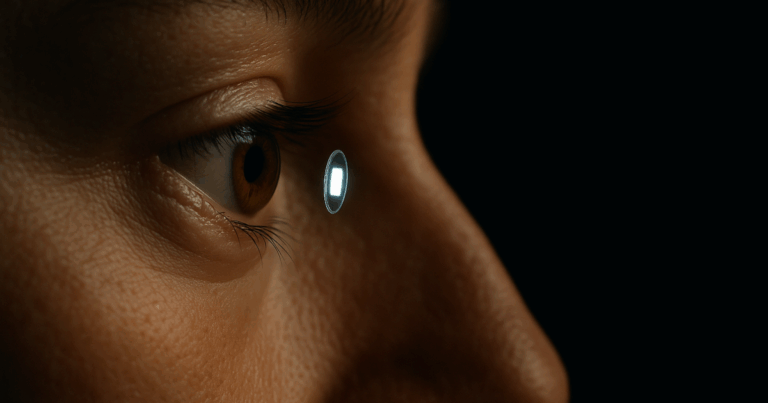Zohran Mamdani was attacked over his thin resume, Republican Curtis Sliwa strove to prove his seriousness as a candidate and former Gov. Andrew Cuomo was pressed on the sexual harassment allegations that drove him from office in a contentious final debate in New York City’s mayoral race.
While Mamdani, the frontrunner, began by accusing his rivals of being consumed by fighting — suggesting he would try to focus instead on his vision for New Yorkers — the state assemblymember joined them in mud as he tried to create viral social media moments, included inviting one of Cuomo’s accusers to appear in the audience.
Cuomo, running as an independent after losing the Democratic primary to Mamdani, fared better Wednesday than during their first debate. He used its focus on the day-to-day of running the city to showcase his political experience.
Though he has urged Sliwa to drop his bid to avoid splitting the anti-Mamdani vote, he didn’t bring up his request during the debate. Instead he worked to cast Mamdani, a 34-year-old democratic socialist, as out of his league, highlighting his pro-Palestinian advocacy and President Donald Trump’s threats to take over the city if he wins.
Here are some key takeaways from the debate:
Barbs all around
Mamdani had said he planned to keep his focus on issues, like affordability, that have fueled his momentum and earned him national attention, but he landed plenty of digs against his rivals, whom he accused of spending more time calling on each other to drop out “than actually proposing their own policies.”
Cuomo and Sliwa, he said, “speak only in the past because that is all they know.” He said Cuomo is “a desperate man, lashing out because he knows that the one thing he cares about, power, is slipping away from him.”
Cuomo, meanwhile, touted his experience.
“You have never had a job. You’ve never accomplished anything,” he said, insisting Mamdani lacks the merit and qualifications to run the nation’s biggest city or handle its emergencies.
Sliwa accused both men of “fighting like kids in a school yard,” but piled on as well.
“Zohran, your resume could fit on a cocktail napkin. And, Andrew, your failures could fill a public school library in New York City,” he quipped. He also made frequent references to Cuomo’s decision to resign as governor amid a barrage of sexual harassment allegations, which Cuomo denies.
Local issues and the Canal Street raid
While the race has often been dominated by questions about the Israel-Hamas war, Trump and other national subjects, the candidates Wednesday were peppered for specifics about crime, the subways and the notorious Rikers Island jail complex.
Mamdani came under fire after he declined to take a position on a set of initiatives that will appear on the November ballot.
Mamdani also said as mayor he would ask New York City’s police Commissioner Jessica Tisch to remain in her post. Mamdani, who was deeply critical of the city’s police in the past, has been trying to moderate his most contentious positions.
The candidates also railed against this week’s immigration enforcement sweep targeting vendors on Manhattan’s famed Canal Street that led to 14 arrests.
Cuomo said the city does not need Immigration and Customs Enforcement agents in the city to handle quality-of-life crimes like dealing in counterfeit bags.
Mamdani similarly pledged to oppose federal interventions in the city, saying “ICE is a reckless entity that cares little for the law and even less for the people that they’re supposed to serve.”
The Trump factor
The candidates were again pressed on Trump and insisted that they would be most adept at handling the mercurial president.
Cuomo spoke repeatedly about how he had held Trump at bay during the early days of the COVID-19 pandemic and said a Mamdani win would be a “dream” for the president.
“He has said he’ll take over New York if Mamdani wins, and he will! Because, he has no respect for him. He thinks he’s a kid and he’s going to kick him on his tuchus,” Cuomo said.
Mamdani, meanwhile, tried to depict Cuomo as Trump’s “puppet” and too aligned with the president.
“He wants Andrew Cuomo to be the mayor not because it will be good for New Yorkers, but because it will be good for him,” Mamdani said.
Sliwa warned both were taking the wrong approach by antagonizing the president.
“You can’t beat Trump,” he said.
Mamdani pulls from Trump’s playbook
Cuomo, meanwhile, continued to be dogged by the allegations that forced his resignation.
Mamdani said one of the women who had accused Cuomo of sexual harassment, his former aide Charlotte Bennett, was in the audience Wednesday. Trump used a similar strategy in 2016 when he appeared at a debate with accusers of Democratic rival Hillary Clinton’s husband, former President Bill Clinton, who has denied the accusations against him.
“What do you say to the 13 women that you sexually harassed?” he asked as he pressed Cuomo on the allegations and the millions in taxpayer dollars that were spent to defend him in court.
Cuomo denied wrongdoing and chided Mamdani.
“If you want to be in government, then you have to be serious and mature,” he said.
Bennett was the second woman to accuse Cuomo of sexual harassment, alleging he subjected her to invasive questions about her personal life and sexual relationships. Cuomo denies Bennett’s allegations.
Several candidates noted at the start of the debate that New Yorkers would probably rather be watching the Knicks opening game of the season, which tipped off at the same time. Cuomo made it to the game’s second half, where he was photographed sitting next to incumbent Mayor Eric Adams.











